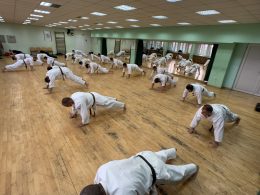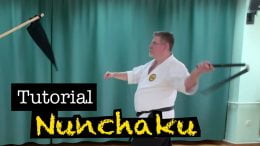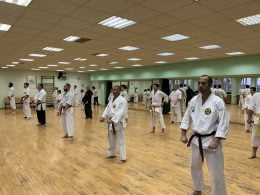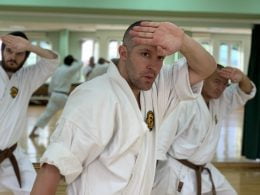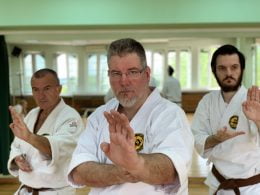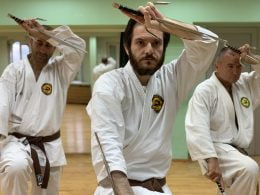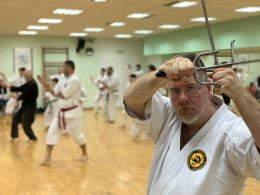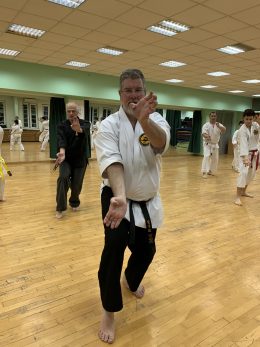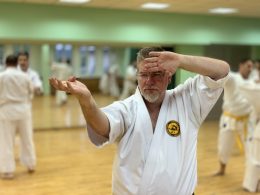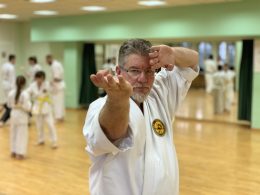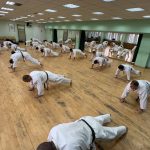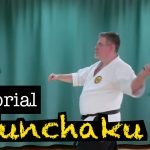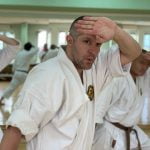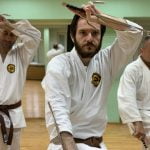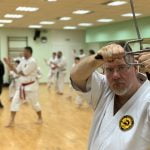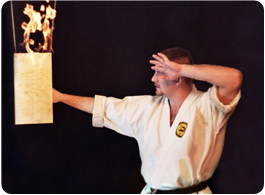If you want to practice self-defense and traditional karate from Okinawa, you’re welcome to join us!
We offer three groups:
- Children in grades 2-3 (9-10 years), practice sessions on Tue-Thurs at 8:00 PM. We still have a few spots available.
- Beginners aged 15 and up can choose to train on Tue-Thurs at 8:00 PM.
- Advanced belts, training sessions on Tue-Thurs at 9:00 PM.
We also accept older practitioners who want to re-engage or learn kobudo. Come and try it out, trial sessions are free.
Read more…
